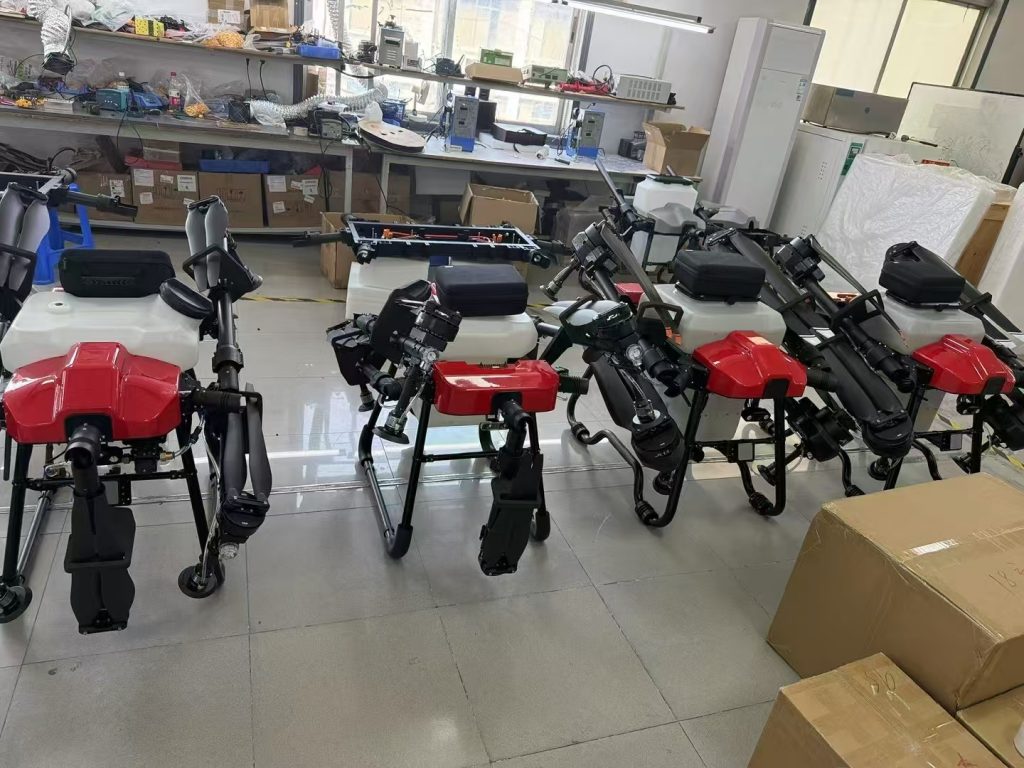
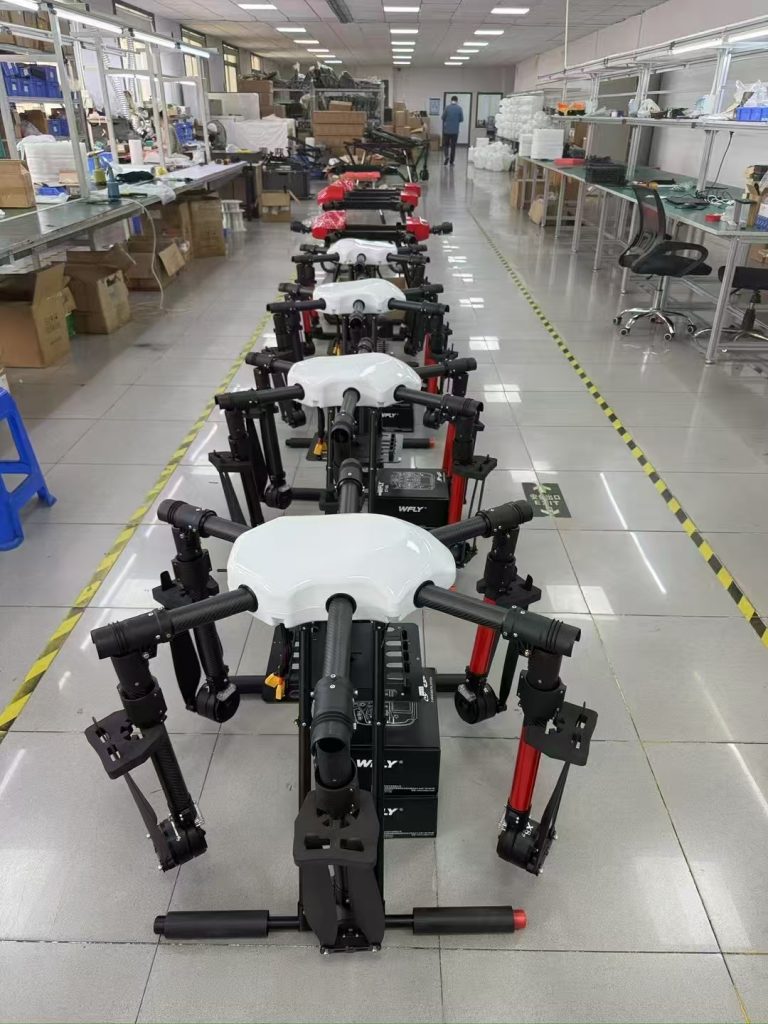

Japan is facing a pivotal moment in its agricultural industry. With an aging population, labor shortages, and increasing pressure to maintain food self-sufficiency, farmers across the country are turning to advanced technologies for support. Among the most promising innovations is the agricultural drone—a smart, aerial tool that is transforming how crops are grown, protected, and harvested across Japan.
🇯🇵 A Unique Agricultural Landscape
Japan’s agriculture is defined by:
- Small, fragmented farmlands
- Steep mountain slopes and narrow valleys
- Highly seasonal crop production
- A rapidly aging farmer demographic
These factors make traditional farming methods increasingly difficult to maintain. Agricultural drones offer practical solutions by automating key tasks like spraying, monitoring, and mapping, all while improving efficiency and reducing physical workload.
🚁 What Can Agricultural Drones Do in Japan?
Modern agricultural drones are designed for multiple essential functions, including:
- Crop Spraying: Apply pesticides or fertilizers with precision, even on steep terrain.
- Aerial Monitoring: Detect disease, pests, or nutrient deficiencies through multispectral cameras.
- Seeding and Spreading: Distribute seeds or granular fertilizer evenly and efficiently.
- Field Mapping: Create accurate maps of farmland for planning and analysis.
By using GPS navigation and AI-powered automation, these drones provide fast, targeted, and consistent results—essential for small Japanese plots and labor-limited farms.
🌾 Advantages of Agricultural Drones in the Japanese Market
1. Ideal for Small Fields and Mountainous Terrain
Drones can easily access narrow rice paddies and hilly tea farms where tractors cannot go.
2. Reduced Labor Requirements
One drone operator can manage tasks that would normally require several workers—crucial in Japan’s aging rural communities.
3. Precision Agriculture Support
Drones reduce chemical overuse by targeting only the needed areas, supporting Japan’s strict environmental standards.
4. Faster Response Times
Quick deployment helps farmers respond to weather changes, pest outbreaks, or nutrient deficiencies before major losses occur.
5. Digital Integration
Data collected by drones can be analyzed through mobile apps and farm management software, helping Japanese farmers make informed, real-time decisions.
🛠 Key Features Required for Japan’s Agriculture
Drones suitable for Japanese agriculture should include:
- Compact, foldable design for easy transport on small roads
- Weather resistance for Japan’s humid and rainy climate
- RTK GPS for high-precision spraying and mapping
- Low-noise operation for use in residential farming areas
- User-friendly interface in Japanese language
Ease of use and simple maintenance are also critical to ensure that elderly farmers can adopt drone technology without difficulty.
📈 Government Support and Market Growth
Japan’s Ministry of Agriculture, Forestry and Fisheries (MAFF) actively promotes smart agriculture (スマート農業). This includes subsidies and pilot programs that encourage the use of agricultural drones for:
- Rice and barley spraying
- Fruit orchard monitoring
- Tea and vegetable field management
As part of Japan’s broader automation strategy, drones are seen as essential to maintaining domestic food production while reducing environmental impact.
🤝 A Growing Opportunity for Distributors and Agri-Tech Partners
Japan’s rising interest in agricultural drones is opening doors for:
- Drone equipment suppliers
- Agri-tech software providers
- Local training and service partners
- Agricultural cooperatives seeking modernization
Companies that provide affordable, reliable, and easy-to-use drone solutions tailored for Japanese agriculture will find strong demand, particularly in regions like Hokkaido, Shizuoka, Niigata, and Fukuoka.
🔮 The Future of Drone-Based Farming in Japan
As drone technology continues to evolve, future models will include AI-powered crop health diagnostics, automatic refilling systems, and swarm spraying capabilities. Combined with sensors and satellite data, drones will become central tools in Japan’s data-driven agriculture ecosystem.
With younger generations showing renewed interest in high-tech farming, drones could help revitalize Japan’s rural communities and keep traditional farming alive—powered by the skies.
Conclusion
Agricultural drones are no longer just experimental tools—they are practical, essential machines for the next generation of Japanese farming. By solving labor shortages, reducing environmental harm, and boosting efficiency, drones are reshaping agriculture across the country.
In a land where tradition meets technology, drones are guiding Japanese farming toward a smarter, more sustainable future.


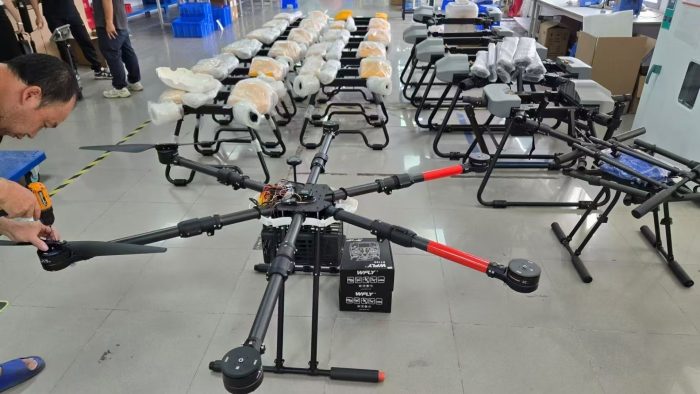

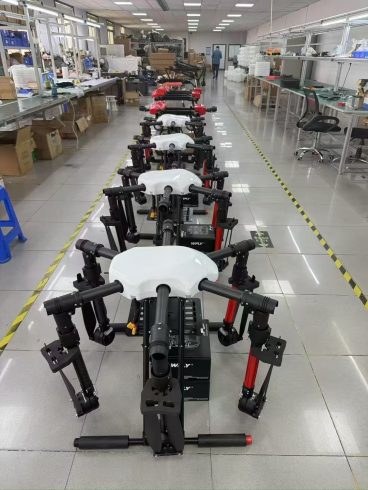
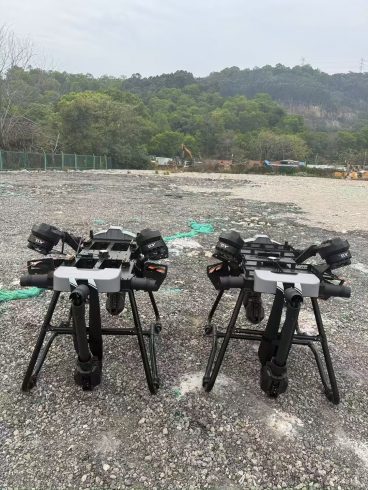
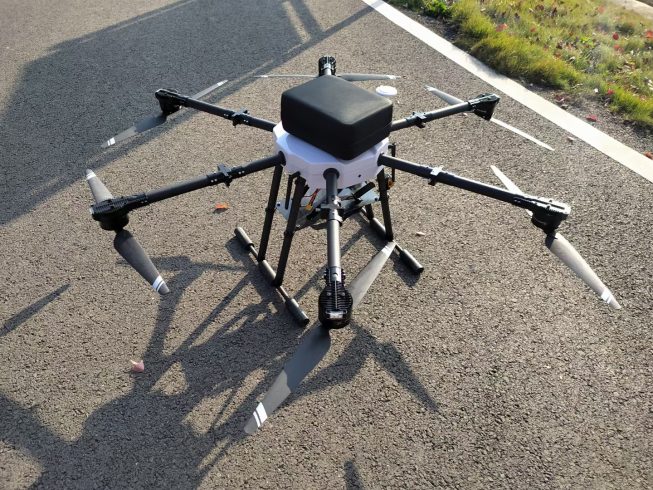
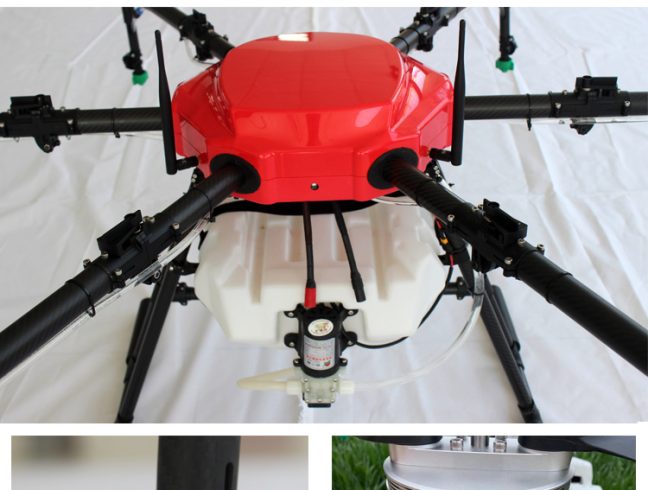

暂无评论内容